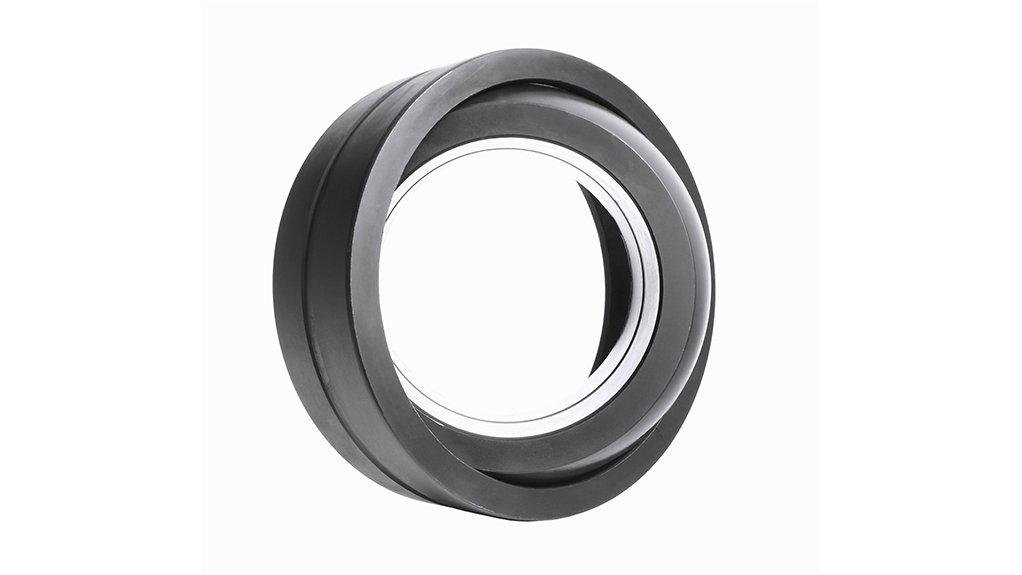Plain bearings are renowned for their ability to operate for many years under heavy loads and in extremely harsh operating conditions, with little wear or need for attention, making them a good choice for intense applications. However, to ensure long-term effectiveness it is important to pair these types of bearings with the correct lubrication solutions.
Some of the most common reasons for failures or ineffectiveness of plain bearings include misalignment, trapped dirt forming grooves in the bearing components, metal fatigue and localised rapid wear.
Although bearings can sometimes become disfigured, making it difficult to identify the source of a fault, misalignment between a journal and shaft can be easily identified by assessing the wear pattern which indicates an unbalanced or skewed pattern. This problem can be mitigated by using the correct lubrication to support the oscillation and to ensure that it doesn’t lead to long-term misalignment.
Bearing failure can also occur when dirt or foreign material such as large, hard particles create grooves in the softer bearing alloy. The tracks are visible either as large, long straight grooves, or as smaller particle tracks. Small, hard particles can cause many small, straight scratches, often resulting in excessive wear. If the foreign material is large or hard, it may become embedded. In both cases, using the correct lubrication helps prevent the problem by trapping and removing dirt from a bearing system.
Lubrication Engineers (LE) South Africa national marketing manager Callum Ford explains that even though plain bearings do not necessarily have complex lubrication requirements, the use of quality lubricants can prevent many of the common causes of bearing failures.
“The proprietary Almasol and Monolec additives that we use in LE products are particularly helpful in lubricating plain bearings because they reduce operating temperatures considerably in the bearings, while extending bearing life. They are very effective in reducing wear during the critical start-up and shutdown periods of operation,” he says.
Lack of lubrication or poor lubrication leads to rapid wear in a plain bearing, often in one spot, until a complete breakdown of the surface takes place. “An experienced lubrication consultant can help identify the correct lubrication solution for an application and plain bearing component to prevent this,” says Ford.
“Plain bearings of proper size and with proper clearances, supported by good lubrication, are better than anti-friction bearings for carrying heavy loads or shock loads. Plain bearings can carry extremely high loads because of their large bearing area. But to get the most out of them, bearing surfaces should be completely separated by a film of lubricant. If this film wears out, most plain bearings will quickly get ruined. When the bearing is moving and correctly lubricated, friction decreases to almost the low point of antifriction bearings,” he adds.
EMAIL THIS ARTICLE SAVE THIS ARTICLE
To subscribe email subscriptions@creamermedia.co.za or click here
To advertise email advertising@creamermedia.co.za or click here













